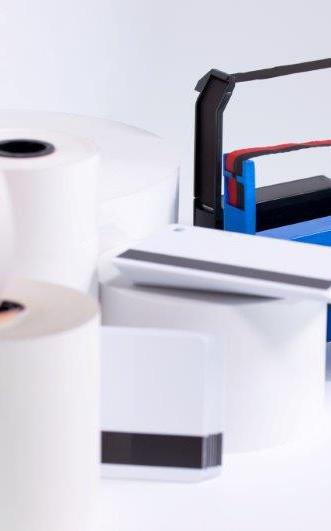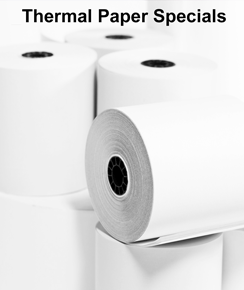Tips for Purchasing Plotter Paper Rolls
 Before you invest in plotter paper rolls to use on your HP wide format inkjet printers, you need to understand some of the terms related to this product. While the majority of inkjet media brands are able to be used for various models and brands of printers, there are some older inkjet printers that aren’t designed to handle the wide array of print media available.
Before you invest in plotter paper rolls to use on your HP wide format inkjet printers, you need to understand some of the terms related to this product. While the majority of inkjet media brands are able to be used for various models and brands of printers, there are some older inkjet printers that aren’t designed to handle the wide array of print media available.
If you have the spec sheet or user manual for the printer model you use, then there are three things you need to know:
- The type of ink the printer uses
- The maximum thickness or material that the printer can handle
- The maximum width of the roll the printer can handle
The majority of older inkjet printers use aqueous dye inks. There are some older models that also use a combination of black pigment inks and dye inks. Most of the newer options use aqueous pigment inks; however, it is best to know for sure.
Width of the Roll
A plotter paper rolls width is the first number in the specification. For the U.S. the roll widths are shown in inches. Some of the most popular widths for wide-format printers include 11, 18, 24, 36 and 42 inches. These options make it efficient and cost-effective to keep printing multiple copies of various documents.
Length of the Roll
The length of the roll is shown in feet. In most cases, plotter paper is going to be sold in 500, 300 and 150-foot rolls. The longer the roll, the more print time you get out of the paper. This also eliminates the need to stop the entire print job to reload the paper. While engineering copiers can handle rolls of up to 500 ft., most inkjet printers can only hold a maximum length of 300 ft.
Core Diameter
The size of the core refers to the diameter of the cardboard tube that the plotter paper is put on. The rolls of uncoated bond paper for inkjet printers are typically sold on 2-inch cores.
Caliper
The thickness of several different types of papers is expressed in “mills,” which is one-thousandth of an inch. Some of the older inkjet printers are only capable of using materials with calipers of nine mils or less. However, the newer options can hold a much wider array of paper thicknesses.
When it is time to purchase paper for your inkjet printer, you have to consider the options carefully. The best thing you can do is refer to your owner’s manual or spec sheet to know exactly what media materials your printer can accommodate. Failure to do this may result in you ordering the wrong type or size of paper, which could damage the printer or be a waste of your money. Don’t let this happen by doing your research ahead of time.



